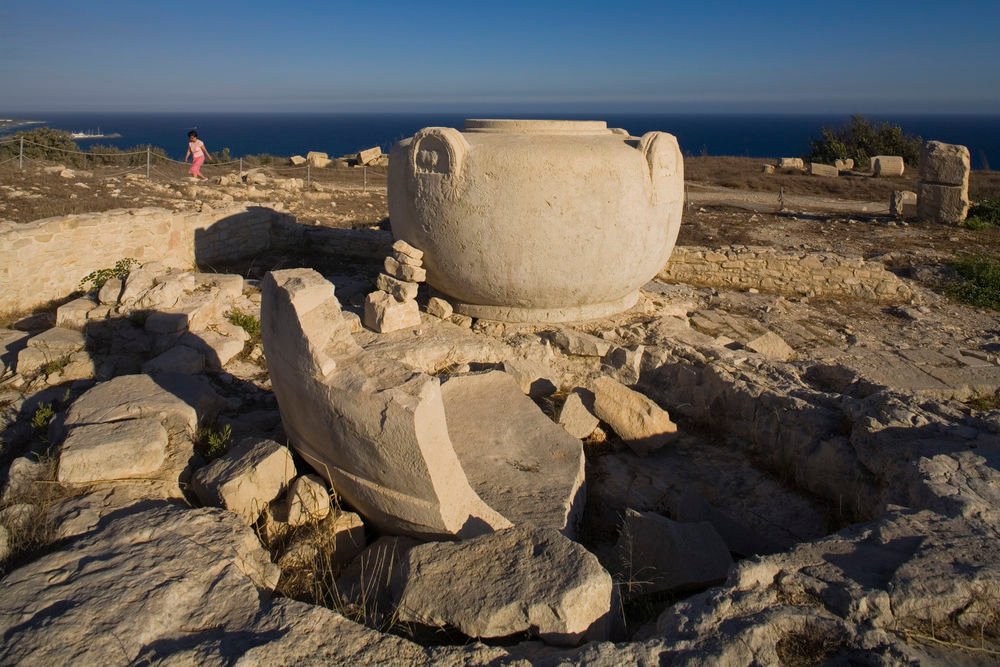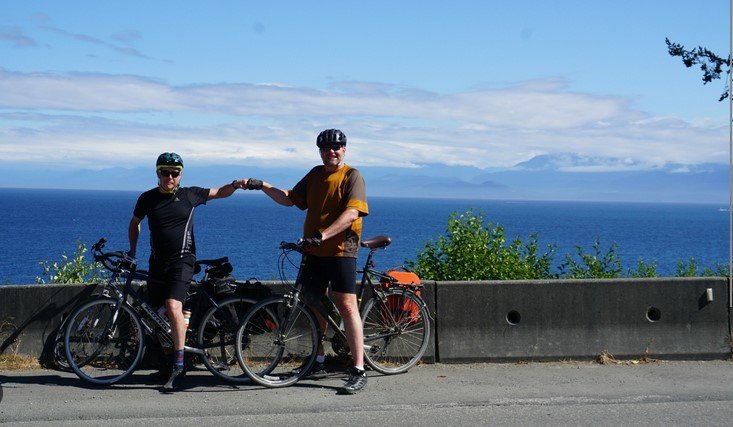Cyprus is a Mediterranean island brimming with rich history, ancient ruins, and a unique blend of cultures. Whether you’re a history buff or simply someone curious about the past, exploring historical sites in Cyprus offers an unforgettable experience. This guide will provide practical tips on how to make the most of your visit, covering must-see sites and effective ways to navigate them.
1. Plan Your Visit to the Main Historical Sites
Ancient Kourion
One of the most famous historical sites in Cyprus is Kourion, an ancient city-kingdom perched on the cliffs overlooking the sea. The stunning Greco-Roman theater, mosaics, and the House of Eustolios are must-see highlights. Arrive early to beat the crowds and bring water, as the area is expansive and requires some walking.
Tombs of the Kings
A UNESCO World Heritage site, the Tombs of the Kings in Paphos are an underground network of burial chambers carved out of rock. Despite their name, no kings were buried here, but high-ranking officials and aristocrats were. With well-preserved columns and walls, this site offers a unique glimpse into ancient Cypriot life.
Kolossi Castle
For a more medieval experience, Kolossi Castle near Limassol is a fortified structure that dates back to the Crusades. Climbing to the top offers fantastic views of the surrounding area, making it a great spot for photography.

2. Decide the Best Way to Travel
Renting a Car
The easiest way to explore historical sites in Cyprus is by renting a car. With the island being relatively small, driving allows you the freedom to visit multiple sites in one day. Roads are well-maintained, and with the help of GPS, navigation is simple. You’ll also have the flexibility to stop at lesser-known sites, such as the Sanctuary of Apollo or the ancient village of Choirokoitia.
Guided Tours
If you prefer not to drive, guided tours offer an excellent way to learn more about the history of Cyprus. Many local companies provide day trips to the major historical sites, often including a knowledgeable guide who can bring the ancient stories to life. Group tours are available, but for a more personalized experience, opt for a private tour.
3. Make Time for Lesser-Known Sites
Kition
Located in Larnaca, Kition is an ancient city with roots dating back to the Bronze Age. It’s not as well-known as Kourion or Paphos, but its historical significance is just as important. Wander through the remains of temples and workshops, and imagine life in one of Cyprus’ earliest settlements.
Famagusta’s Ghost Town – Varosha
Although Varosha remains abandoned since the 1974 conflict, the ghost town of Famagusta is an eerie but captivating destination. Guided tours are now available to certain parts of the area, where you can learn about its history and former glory as a vibrant tourist city.
4. Learn Before You Go
Visit Museums
To enhance your understanding of the historical sites in Cyprus, visit local museums before heading to the ruins. The Cyprus Museum in Nicosia holds an impressive collection of artifacts from ancient cities, while the Archaeological Museum of Paphos showcases relics from its UNESCO World Heritage sites.
Read Up on the History
Before your trip, take some time to read about Cypriot history. Cyprus has been influenced by many civilizations, from the Greeks to the Romans and the Ottomans. Familiarizing yourself with these historical layers will make the experience more enriching, as you’ll recognize the significance of the architecture and ruins during your visit.
5. Be Prepared for the Climate
Pack Accordingly
The Cypriot climate can be quite hot, especially in the summer months. When exploring historical sites in Cyprus, wear light, breathable clothing, and don’t forget sunscreen, a hat, and plenty of water. Early morning or late afternoon visits are ideal to avoid the midday heat.
Wear Comfortable Shoes
Many historical sites, especially ancient ruins like Kourion and the Tombs of the Kings, require a fair amount of walking. Uneven terrain and rocky paths mean you’ll need sturdy and comfortable footwear to fully enjoy the experience.
Conclusion
Exploring historical sites in Cyprus offers a fascinating journey through time, from ancient civilizations to medieval castles. Whether you’re visiting iconic landmarks like Kourion and the Tombs of the Kings or discovering hidden gems like Kition, each site tells a unique story. By planning your visit, choosing the right travel method, and preparing for the climate, you’ll ensure a memorable and enriching experience. Cyprus’s history is vast, and these tips will help you make the most of every moment.











